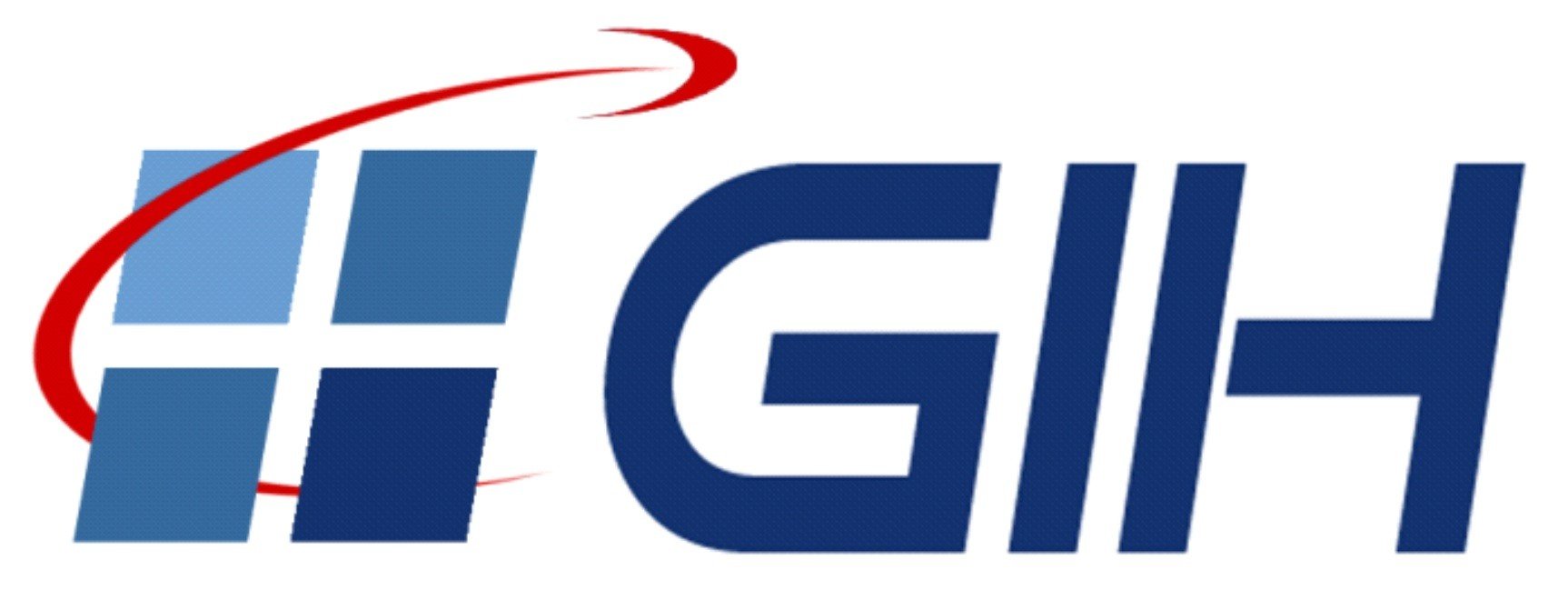Automatic Extraction of Ground Control Points from 3D LIDAR Mobile Mapping and UAV Imagery for Aerial Triangulation
- verfasst von
- Reza Naimaee, Mohammad Saadatseresht, Mohammad Omidalizarandi
- Abstract
Installing targets and measuring them as ground control points (GCPs) are time consuming and cost inefficient tasks in a UAV photogrammetry project. This research aims to automatically extract GCPs from 3D LiDAR mobile mapping system (L-MMS) measurements and UAV imagery to perform aerial triangulation in a UAV photogrammetric network. The L-MMS allows to acquire 3D point clouds
of an urban environment including floors and facades of buildings with an accuracy of a few centimetres. Integration of UAV imagery, as complementary information enables to reduce the measurement time as well as increasing the automation of the production line. Therefore, a higher quality measurements and more diverse products are obtained. This research hypothesises that the spatial accuracy of the L-MMS is higher than that of the UAV photogrammetric point clouds. The tie points are extracted from the UAV imagery based on the well-known SIFT method, and then matched. The structure from motion (SfM) algorithm is applied to estimate the 3D object coordinates of the matched tie points. Rigid registration is carried out between the point clouds obtained from the L-MMS and the SfM. For each tie point extracted from the SfM point clouds, a plane is fitted to their corresponding neighbouring points that are selected
from the L-MMS point clouds. The re-projection error of the analyses carried out on a test data set of the Glian area in Iran that show a half pixel size accuracy standing for a few centimetres range accuracy. Finally, a significant increasing of speed up in survey operations besides improving the spatial accuracy of the extracted GCPs are achieved.- Organisationseinheit(en)
-
Geodätisches Institut
- Externe Organisation(en)
-
University of Tehran
- Typ
- Konferenzaufsatz in Fachzeitschrift
- Journal
- ISPRS Annals of the Photogrammetry, Remote Sensing and Spatial Information Sciences
- Band
- 10
- Seiten
- 581-588
- Anzahl der Seiten
- 8
- ISSN
- 2194-9042
- Publikationsdatum
- 14.01.2023
- Publikationsstatus
- Veröffentlicht
- Peer-reviewed
- Ja
- ASJC Scopus Sachgebiete
- Umweltwissenschaften (sonstige), Instrumentierung, Erdkunde und Planetologie (sonstige)
- Elektronische Version(en)
-
https://doi.org/10.5194/isprs-annals-X-4-W1-2022-581-2023 (Zugang:
Offen)







